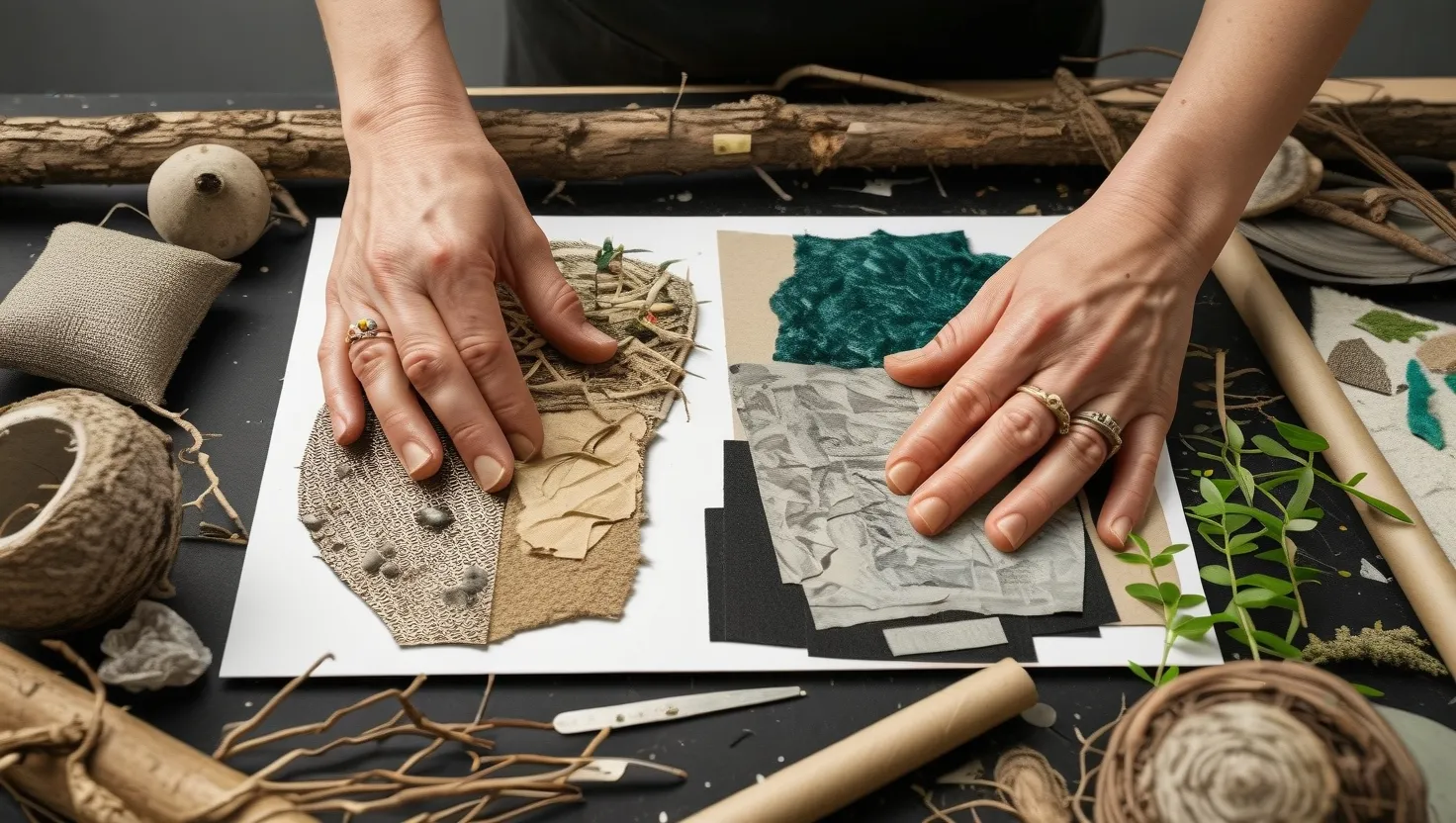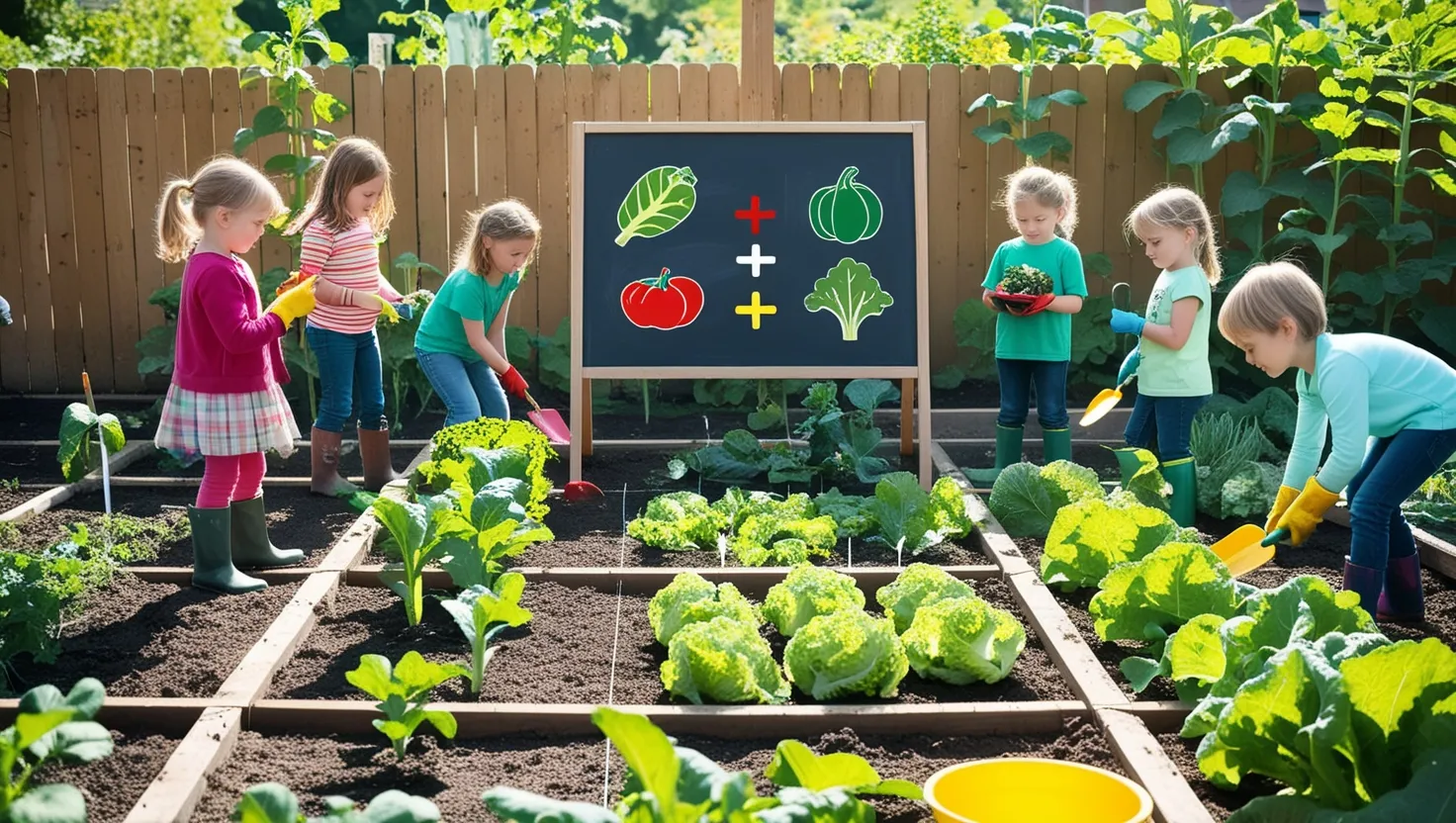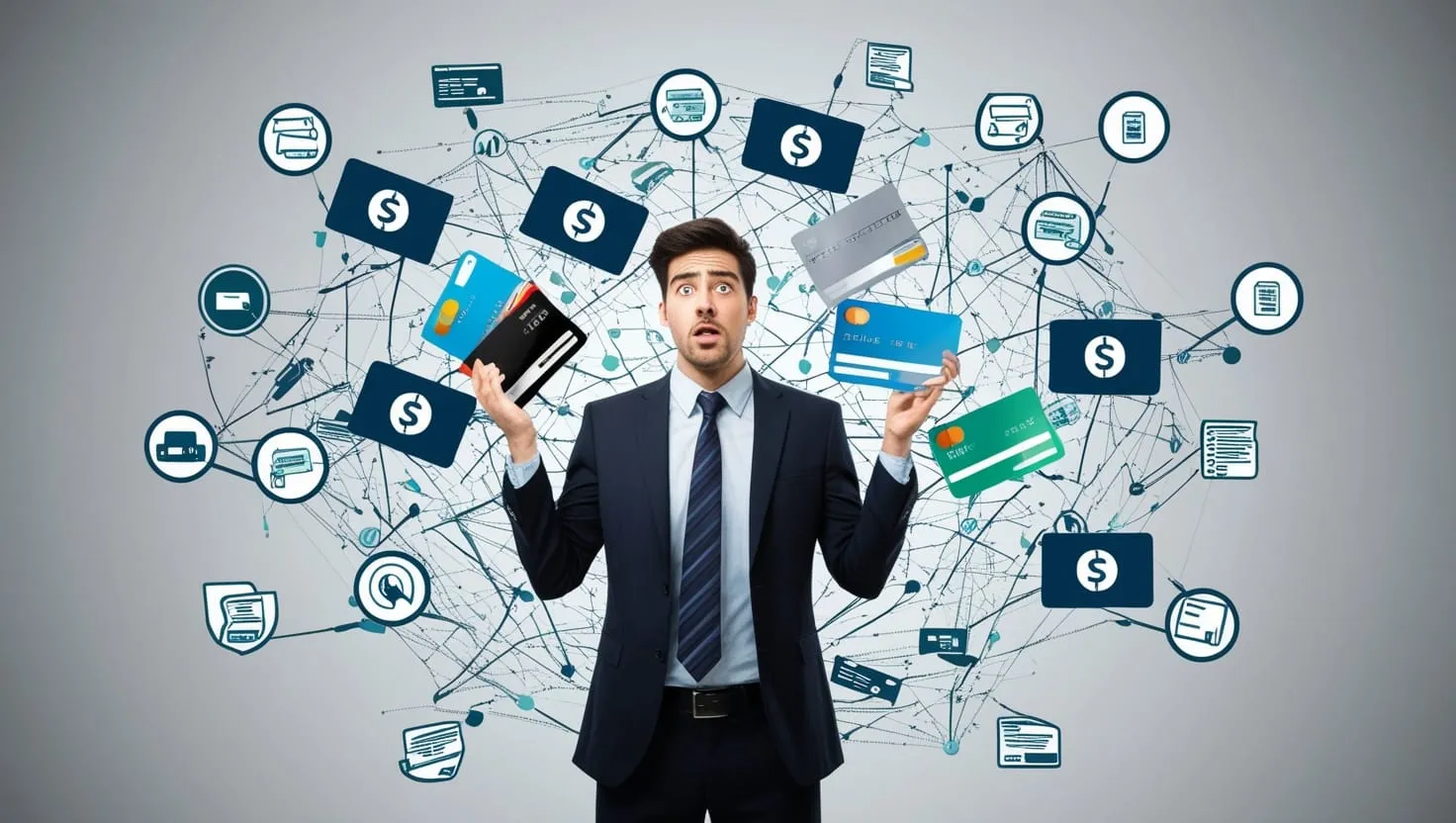Mia’s journey into the world of tactile art began with a simple yet profound realization: art is not just something you see, but also something you feel. As a visually impaired teenager, she found solace and expression in the tactile world, where every texture, every shape, and every material told a story.
The Birth of Tactile Art
Mia’s introduction to tactile art was almost accidental. She stumbled upon a workshop where participants were creating art using discarded materials – old plastic bottles, dried pasta, and even vegetable scraps. The idea that art could be made from things people usually throw away resonated deeply with her. It was as if the world had suddenly expanded, offering endless possibilities hidden in the mundane.
“As the artist picks up the brush, he dips it in his own soul, and paints his own nature into his pictures,” Henry David Thoreau once said. For Mia, this was more than just a quote; it was a mantra. Every piece of art she created was a reflection of her own soul, her own experiences, and her own perceptions.
The Process of Creation
Mia’s creative process was a sensory journey. She would gather her materials, often from the most unexpected places – the kitchen, the garden, or even the trash bin. Each material had its own unique texture and smell, and she would spend hours exploring these sensations. The rustle of dried leaves, the smoothness of a stone, or the roughness of a piece of bark – each element was a world unto itself.
When she began to create, Mia would close her eyes and let her fingers guide her. The tactile experience was almost meditative, allowing her to connect with the materials on a deeper level. She would shape, mold, and arrange her materials until they formed a piece that told a story – a story of touch, of feel, of emotion.
Recognition and Valuation
As Mia’s art gained recognition, she was introduced to a whole new world – the world of art markets and valuation. It was a complex and often confusing place, where the value of art was determined by factors she had never considered before. The monetary value of her pieces, the prestige of the galleries that showcased them, and the critiques of art critics all seemed to overshadow the simple joy of creation.
But Mia refused to let this new world define her. She remembered the words of Pablo Picasso: “The purpose of art is washing the dust of daily life off our souls.” For her, the true value of art lay not in its monetary worth but in its ability to touch hearts and minds.
Impact Investing and Social Change
As Mia delved deeper into the art world, she discovered the concept of impact investing – investing in projects that not only generated financial returns but also created positive social and environmental impact. This resonated with her deeply, as she had always believed that art could be a powerful tool for change.
Mia began to use her art to raise awareness about environmental issues and social injustices. She created pieces from discarded materials to highlight the problem of waste and pollution. She collaborated with other artists to create installations that spoke to the experiences of the visually impaired. And she used her platform to advocate for greater accessibility in the art world.
“Art is the only way to run away without leaving home,” said Twyla Tharp. For Mia, art was not just an escape but a way to make a difference. She was redefining perceptions of value, showing that art could be both beautiful and impactful.
Inspiring Others
Mia’s journey inspired many. She became a role model for young artists, especially those with disabilities. Her work showed them that art was not limited by sight or ability but by imagination and creativity.
She started workshops and classes, teaching others how to create tactile art from discarded materials. She partnered with schools and community centers to make art more accessible. And she used her platform to amplify the voices of other artists who were making a difference.
“Art is not what you see, but what you make others see,” said Edgar Degas. Mia was making others see the world in a new light, a world where every material had a story to tell and every touch had a meaning.
Redefining Perceptions of Value
As Mia’s impact grew, so did her influence on how people perceived value. She challenged the traditional notions of art as something solely visual and monetary. She showed that value could be measured in the emotions evoked, the stories told, and the changes inspired.
“Creativity is the way I share my soul with the world,” said Brene Brown. For Mia, creativity was not just a way to express herself but a way to connect with others, to inspire change, and to redefine what it means to be valuable.
In the end, Mia’s journey was a testament to the power of art to transform and inspire. She had started with a simple idea – that art could be felt as well as seen – and had turned it into a movement. She had shown that value was not just about money or prestige but about the impact we make on the world around us.
And as she continued to create, her fingers moving deftly over the textures and shapes of her materials, she knew that she was not just making art – she was making a difference.






